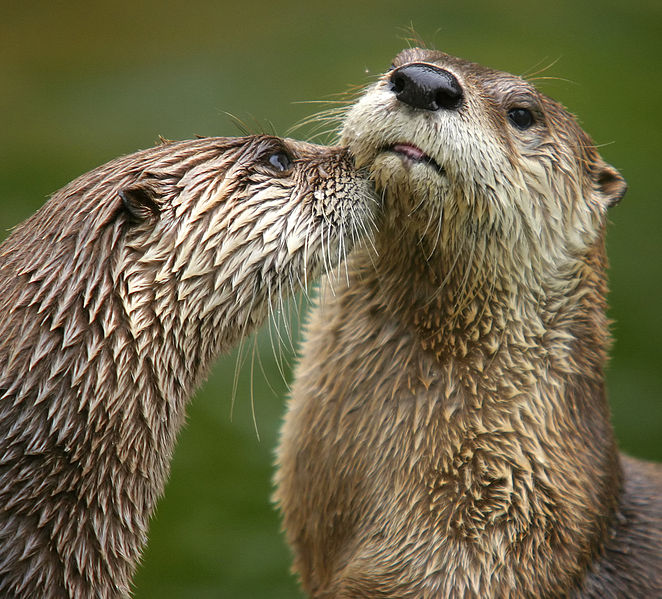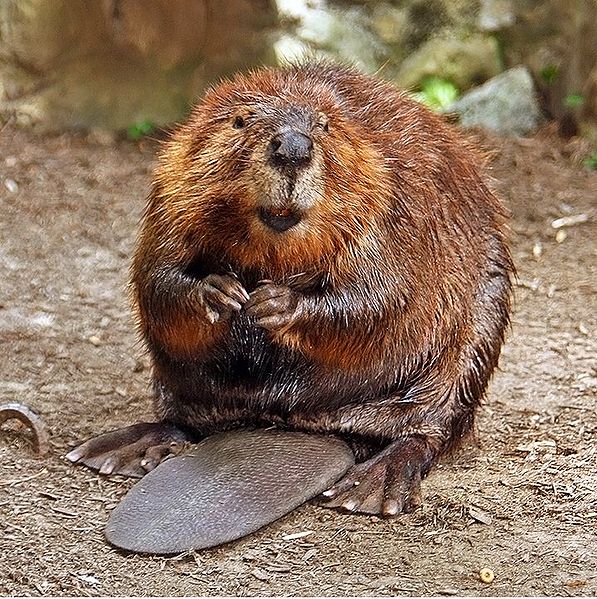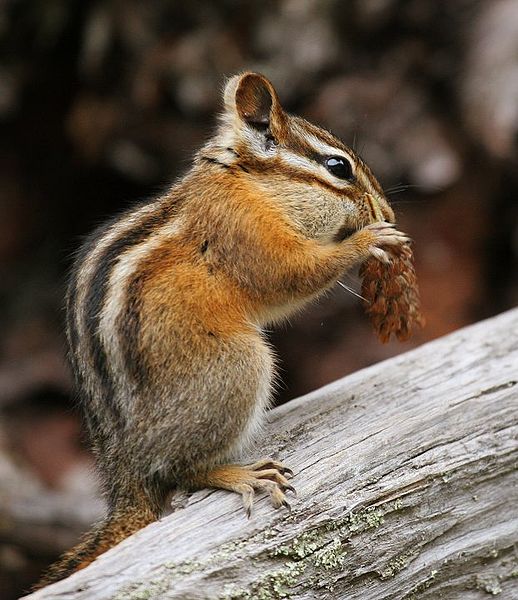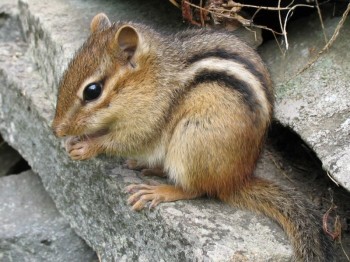Classification – Animalia – Chordata – Mammalia – Carnivora – Mustelidae – Lutrinae – Lontra – Canadensis
Who doesn’t love an otter? I am sure that we have all spent time at the zoo watching these delightful creatures cavorting in the water. There almost human reactions and interactions make them a joy to watch and the easy way they move from land to water is completely captivating. And though they are hard to find in the wild, if you happen to see them you will be amazed to see that they play and splash in the water in the wild the same way that they do in an artificial habitat.
Behavior and Diet
The North American River Otter is the otter that you will find in the Smokies. They range throughout the lower elevation of the park and inhabit those areas around the various creeks and rivers. The river otter lives in a family unit consisting of the mother and her offspring, until the offspring become mature. The adult male river otter also lives in social groups of other males and there have been sightings of some of these groups numbering more than 15 in the wild.
It is this social structure that produces the playfulness that you see in the river otter. Their play as young – learning how to swim and hunt – is carried over into adulthood and is evident in the wallows that they make as they slide down into the water to swim and splash with each other. The wallow is the easiest way to find a group of otters. If you are roaming through the mountains and you see a wallowed down area near the river bank that is devoid of grass and looks like it would be fun to slide down, you have probably just found one of the play areas of a romp of North American River Otters.
 River otters eat the small aquatic and amphibious animals that live in and around rivers. In the Smokies, that means that throughout the year these graceful creatures feast on trout and rock bass, on salamanders and frogs. Otters hunt in the water for their prey. They swim through the water and after spying something that looks particularly good to eat, they use their tail to produce a surge of speed. They catch their meal and then roll over on their back in the water to eat their newest catch.
River otters eat the small aquatic and amphibious animals that live in and around rivers. In the Smokies, that means that throughout the year these graceful creatures feast on trout and rock bass, on salamanders and frogs. Otters hunt in the water for their prey. They swim through the water and after spying something that looks particularly good to eat, they use their tail to produce a surge of speed. They catch their meal and then roll over on their back in the water to eat their newest catch.
Reintroduction Program
The river otter had almost been moved out of the Smokies altogether and then in the early 1990s, the Park Service began to reintroduce otters to the Great Smoky Mountains National Park. These otters were placed in areas where the rangers knew they would find plenty of food and have the best chance for reproducing and growing their numbers. Since the first reintroduction, the numbers of river otters in the Smokies of doubled several times. The park service anticipates that these thriving creatures have rediscovered their home in the southern Appalachians.


 In the Smokies
In the Smokies
